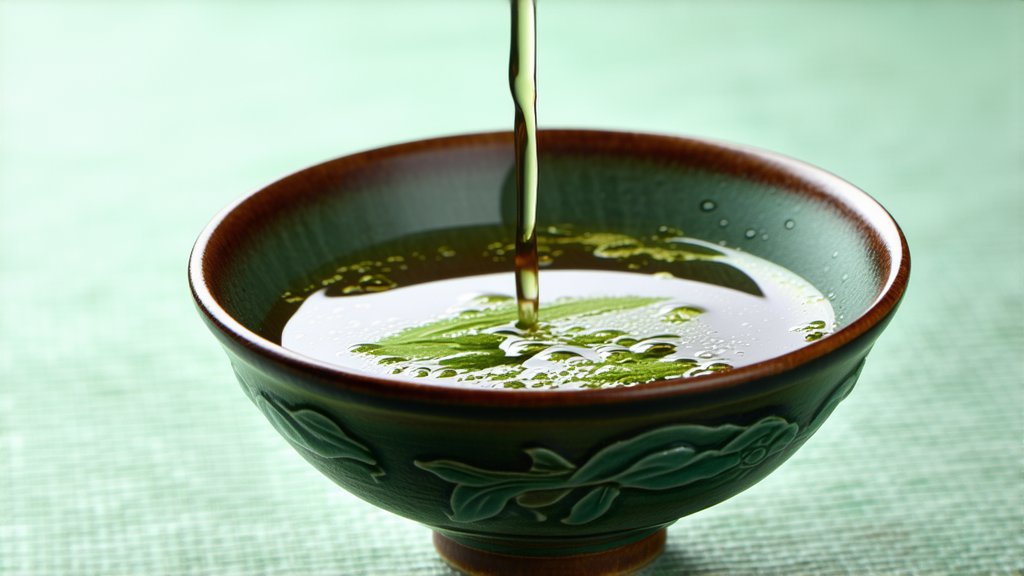
Longjing tea, often referred to as West Lake Dragon Well tea, stands as one of the most revered and iconic representatives of Chinese green tea culture. Its name, translating to "Dragon Well," evokes images of tranquility and natural beauty, reflecting both its origin and the meticulous craftsmanship involved in its production. This article embarks on a journey through the annals of Longjing tea, exploring its rich history, diverse varieties, intricate processing methods, and the art of its appreciation.
Origins and Historical Significance
The tale of Longjing tea begins in the misty hills surrounding West Lake in Hangzhou, Zhejiang Province, China. Legend has it that the tea was discovered during the Tang Dynasty (618-907 AD), though its cultivation and refinement truly flourished during the Qing Dynasty (1644-1912). It quickly became a favorite among the imperial court, earning prestigious recognition for its exceptional quality and delicate flavors. Today, Longjing remains a symbol of Chinese tea heritage, celebrated for its unique terroir—a combination of climate, soil, and human skill that imparts a distinctive character to this green elixir.
Varieties of Longjing
While Longjing is primarily known for its classic pan-fired style, there are subtle variations that cater to different tastes and preferences. The two main types are:
-
Lion Peak (Xiongdi) Longjing: Harvested from the earliest spring flush, these leaves are prized for their tenderness and high concentration of nutrients. They exhibit vibrant green hues and a sweet, umami flavor profile with hints of chestnut and orchid.
-
Mellow Spring (Yumu) Longjing: Picked slightly later in the season, these leaves offer a more robust and full-bodied taste, with a balance between sweetness and astringency. The aroma is often described as vegetal with floral undertones.
Each variety embodies the essence of its growing environment, showcasing the diversity within the broader category of Longjing tea.
The Art of Longjing Production
The making of Longjing tea is an art form that requires precision and patience. Here’s a glimpse into the traditional process:
-
Handpicking: Only the youngest shoots, usually consisting of one bud and two leaves, are selected during the early spring harvest. This ensures optimal freshness and flavor.
-
Withering: Freshly picked leaves undergo a brief withering process to reduce moisture content, softening the cell walls for easier rolling and shaping.
-
Pan-frying: Unlike other green teas that are steamed or oven-dried, Longjing is uniquely pan-fried in woks over high heat. This technique not only halts oxidation but also imbues the leaves with a distinct roasted aroma and a flat, needle-like appearance.
-
Shaping: Skilled artisans manually shape the leaves by hand, using a technique known as "pressing." This step contributes to the tea's characteristic flatness and enhances its visual appeal.
-
Drying: Finally, the shaped leaves are dried at lower temperatures to remove any remaining moisture, stabilizing the tea for storage and transport without compromising its delicate flavors.
Appreciating Longjing Tea: A Sensory Experience
To truly appreciate Longjing tea, one must engage all five senses in the tea ceremony. Here’s a guide to savoring this exquisite beverage:
-
Visual Inspection: Observe the dry leaves for their uniform green color and slender shape. Upon infusion, watch them unfurl gracefully, revealing a pale yellow-green liquor.
-
Aroma: Inhale deeply before sipping to capture the subtle fragrances of fresh grass, chestnuts, and orchids, which vary depending on the specific variety and terroir.
-
Taste: Take your first sip slowly, allowing the tea to coat your palate. Notice the initial sweetness followed by a gentle bitterness that quickly mellows into a refreshing aftertaste. Each variety offers a unique balance of flavors, from the umami richness of Lion Peak to the more complex depth of Mellow Spring.
-
Texture: Pay attention to the mouthfeel of the tea. A well-crafted Longjing should have a smooth, silky texture that glides effortlessly across your tongue.
-
Sound: The sound of water pouring over the leaves during brewing can be meditative, enhancing the overall sensory experience.
In conclusion, Longjing tea is more than just a beverage; it is a testament to centuries of cultural refinement and a celebration of nature's bounty. From its storied past to its meticulous production process and nuanced flavors, each cup of Longjing invites drinkers on a journey of discovery and appreciation. As you embark on your own exploration of this Chinese green treasure, remember that every sip tells a story—a story of tradition, terroir, and the timeless pursuit of perfection in the world of tea.